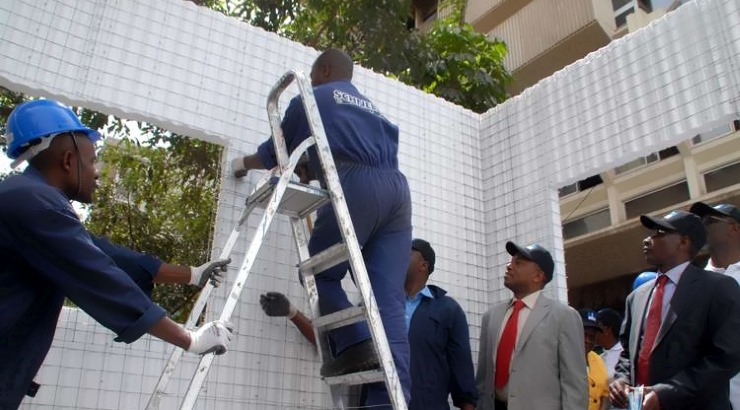Project News
NHC to Spend Sh1bn Building 2,000 Prefab Homes
The new houses will be built using the Expanded Polystyrene (EPS) technology.

The National Housing Corporation has unveiled plans to build 2,000 prefabricated houses worth Sh1 billion as it seeks to boost the provision of affordable housing in Kenya.
NHC managing director Wachira Njuguna said the state-owned firm had last year received Sh1.2 billion from the Treasury, the first allocation in three decades, to finance the construction of at least 50 units in every county.
Mr Njuguna said the new houses will be built using the Expanded Polystyrene (EPS) technology that involves the construction of houses by assembling ready-made EPS foam, sandwiched between a galvanised steel wire mesh plastered on both sides with concrete.
“EPS technology offers a substitute for building stones and timber, guaranteeing better quality finished products that have thermal insulation and are eco-friendly,” he said.
The technology, said Mr Wachira, will greatly accelerate housing in the country, with a three-bedroom house costing Sh1.2 million down from Sh2.4 million for a brick-and-mortar house.
A standard two-bedroom house measuring about 100 square metres requires about 70 panels each weighing 15 kilos – meaning an entire house can be carried in a single lorry load.
NHC has already built 100 homes in Nairobi’s Balozi Estate using EPS technology and would aggressively market it among builders across the country.
The EPS panels are manufactured at the corporation’s Sh700 million Mavoko EPS factory, which was launched in 2010.
RELATED: NHC Unveils Sh700m Prefabs Factory in Mavoko
Besides a high return on investment, building a house using EPS technology takes a shorter time in comparison with putting up a similar house using conventional materials such as stones and bricks.
The EPS technology comes at a time when the demand for housing in the country far exceeds the supply due to rapid urbanization and a burgeoning middle class.
Statistics show that about 40,000 units are supplied into the market annually against an annual demand of about 200,000 units.














